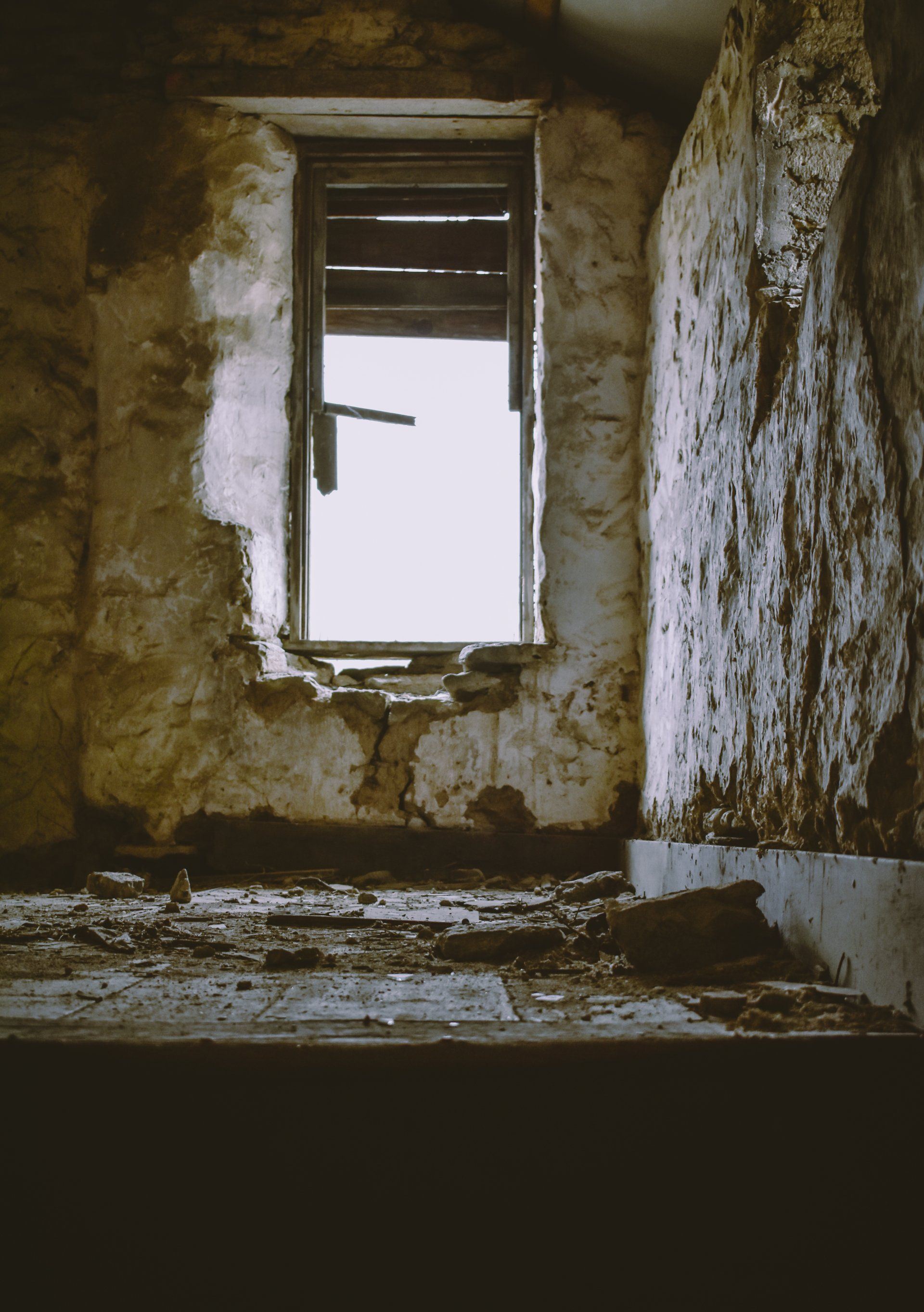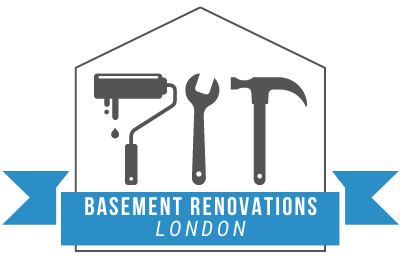Achieving Perfect Corners in Your Basement Drywall Project

Finishing your basement with drywall is a rewarding step that brings your space closer to completion. However, one of the most challenging aspects of this process is achieving perfectly smooth and clean corners. Whether it’s inside or outside corners, ensuring a flawless finish can make the difference between a polished, professional look and a subpar result. At Basement Renovations London, we understand that sharp, well-finished corners add significant visual appeal to your basement. In this article, we’ll walk you through the best practices and techniques to achieve perfect corners in your basement drywall project.
Why Perfect Corners Matter
While flat surfaces are critical in drywall installation, the corners are where your eye is naturally drawn. Poorly done corners can stand out immediately, detracting from the room’s overall appearance. Smooth, seamless corners give your basement a professional, clean look, making all the difference when it comes to the final aesthetic of your finished space.
Perfecting corners is essential for:
- Durability: Well-finished corners are more resistant to bumps and cracks.
- Aesthetic appeal: Smooth, seamless corners enhance the overall appearance.
- Long-term maintenance: Quality corners are easier to paint, clean, and maintain.
Tools You Need for Finishing Drywall Corners
Before diving into the drywall corner-finishing process, it’s important to gather the necessary tools and materials. Here’s what you’ll need:
- Drywall joint compound (mud)
- Paper or mesh drywall tape
- Corner bead (metal, vinyl, or paper-faced)
- Drywall taping knives (various sizes)
- Sanding block or pole sander
- Measuring tape
- Utility knife
With the right tools in hand, you're ready to begin working on those all-important corners.
Step 1: Preparing the Drywall for Corners
Preparation is key to achieving smooth, perfect corners. Before applying corner tape or bead, make sure the drywall sheets are properly aligned and securely fastened. Check for gaps between drywall sheets and trim any excess with a utility knife.
For Inside Corners:
- Use a sanding block to smooth out any rough edges where the two drywall panels meet.
- Ensure that the gap between the two panels is minimal, as this will make taping easier.
For Outside Corners:
- Ensure the drywall extends past the corner edge enough to accommodate the corner bead. The corner bead should rest flat without gaps.
Step 2: Applying Drywall Tape to Inside Corners
Inside corners are where two sheets of drywall meet, creating a 90-degree angle. For these areas, paper tape is often preferred because it can be folded along its center crease, fitting snugly into the corner.
Steps to Apply Paper Tape:
- Apply joint compound: Use a 4- to 6-inch taping knife to apply a thin layer of joint compound along both sides of the corner.
- Place the tape: Fold the paper tape along its center crease and press it into the joint compound. Use your knife to smooth the tape evenly along the corner, removing any bubbles or wrinkles.
- Add a second coat: After the first layer dries, apply a second coat of joint compound over the tape, feathering the edges for a seamless finish.
- Sand lightly: Once the compound is dry, lightly sand the corner for a smooth surface.
Step 3: Installing Corner Bead on Outside Corners
Outside corners are more vulnerable to damage, making the installation of a corner bead essential for protection and durability. There are several types of corner bead available, including metal, vinyl, and paper-faced options.
Steps to Install Corner Bead:
- Cut the corner bead: Measure the length of the corner and cut the corner bead accordingly. Use tin snips for metal bead or a utility knife for paper-faced bead.
- Attach the corner bead: If using metal or vinyl corner bead, secure it to the corner with drywall screws or nails. Paper-faced corner bead is installed by embedding it in joint compound.
- Apply joint compound: After the corner bead is in place, use a wider taping knife (about 8-10 inches) to apply a layer of joint compound over the bead, feathering it out on both sides to blend with the drywall surface.
- Second and third coats: Apply additional layers of joint compound, allowing each coat to dry fully before sanding between coats. This will help smooth out any ridges or bumps and ensure a perfectly seamless corner.
- Final sanding: Once all coats have dried, sand the surface until smooth, being careful not to sand through the compound or damage the corner bead.
Step 4: Sanding and Finishing
Sanding is a crucial step to ensure your drywall corners are smooth and ready for paint. Use a fine-grit sanding block or pole sander to lightly sand all corners, focusing on blending the edges where the compound meets the drywall.
- Tip: Always wear a dust mask during sanding to protect yourself from drywall dust. If you're sanding a large area, consider using a vacuum sander to minimize dust.
- After sanding, wipe down the walls with a damp cloth to remove any dust before applying primer and paint.
Step 5: Prime and Paint
After your drywall corners are perfectly smooth, apply a coat of primer to seal the surface and prepare it for painting. Priming helps the paint adhere better and provides a uniform finish. Once primed, apply your chosen paint color and admire the crisp, flawless corners that will enhance the overall look of your basement.
Conclusion
Achieving perfect corners in your basement drywall project may seem like a daunting task, but with the right tools, techniques, and attention to detail, you can create a professional-looking finish that elevates the entire space. Whether you're tackling the job yourself or hiring a professional, getting the corners right will make a huge difference in the quality and durability of your basement walls.
At Basement Renovations London, we specialize in basement drywall finishing and can help you achieve the perfect finish for your basement renovation. Contact us today for expert drywall installation, taping, and finishing services that will make your basement look its best.
You might also like




